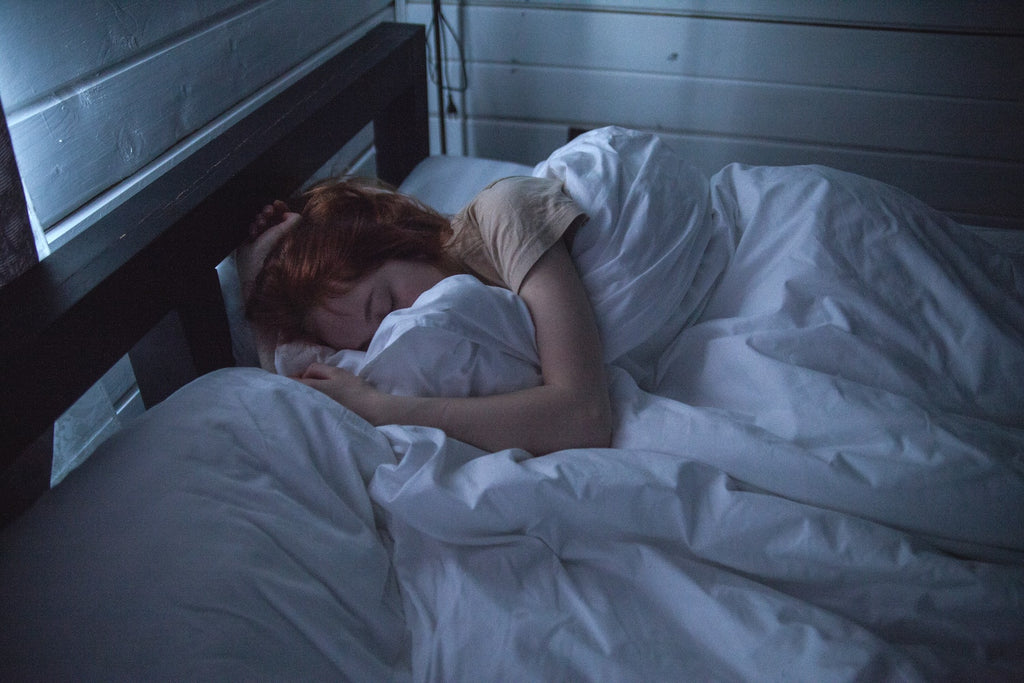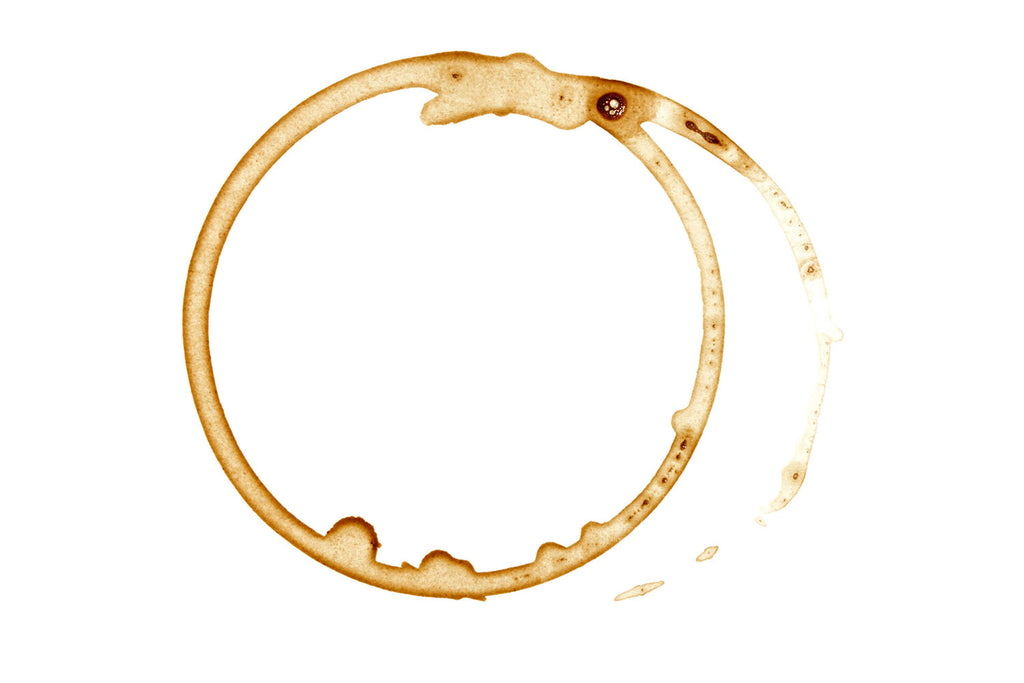
Why Allergens Live In Bedding

As a youngin’, before going to bed, my parents always told me that there was no such thing as monsters; I grew up thinking otherwise. This particular monster wasn’t hiding in the closet or underneath the bed. No, this monster was living within the fibers of my pillows and inside my bed sheets.

Most of these allergens get trapped within the fibers and fabric of your bed, coming from other areas of the household. Knowing the different types of allergens will protect your bed and yourself from these annoyances. Listed below are several different types of allergens that could potentially lurk within your bedding or bedroom:
Dust Mites: While dust mites themselves are harmless (yeah, okay), their fecal matter (ew!) and body fragments can trigger allergic reactions like eczema and hay fever, and they affect nearly 80 percent of people with asthma. Consider purchasing our waterproof, bed bug protector, mattress encasement.
Mold: produced in damp dark areas - usually hides in anything from pet bedding, the carpet, windows, and the even the walls. All of these areas can become a haven for mold, only to spread throughout the entire room if left unattended.
 Animal dander: If you allow your cat or dog to sleep in your room, allergy-inducing proteins from your furry friend’s skin, saliva, and urine—also called animal dander—may be sticking to any available surface. Animal dander also remains airborne for several hours, so it can float into your bed from other areas of the house.
Animal dander: If you allow your cat or dog to sleep in your room, allergy-inducing proteins from your furry friend’s skin, saliva, and urine—also called animal dander—may be sticking to any available surface. Animal dander also remains airborne for several hours, so it can float into your bed from other areas of the house.
Pollen: Pollen is often carried indoors on clothing or on pets. It can also float inside from windows or through your central air system. The Exceptional Sheets Down Alternative Hypoallergenic Pillow is without exception, the finest pillows of it’s class. A non-allergenic pillow with the look and feel of a down pillow.
Cockroaches: The cast-off skins and droppings of these pests are what trigger allergies.
Learning about allergens and their ways is the best defense against the problems they cause. While no home will be completely allergen-free, cleaning on a regular basis will eliminate much of the effects of these grievances.




